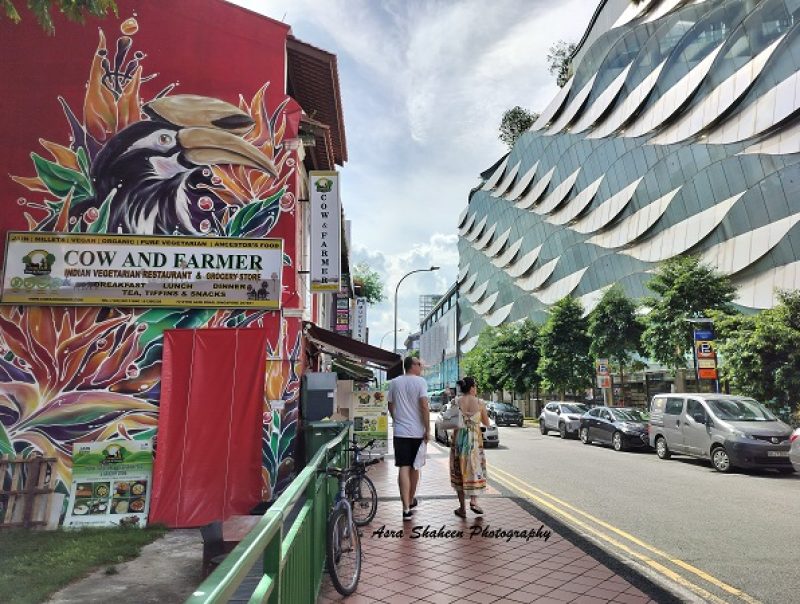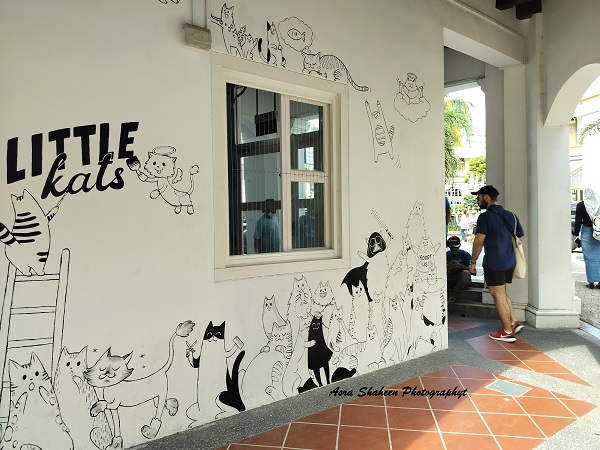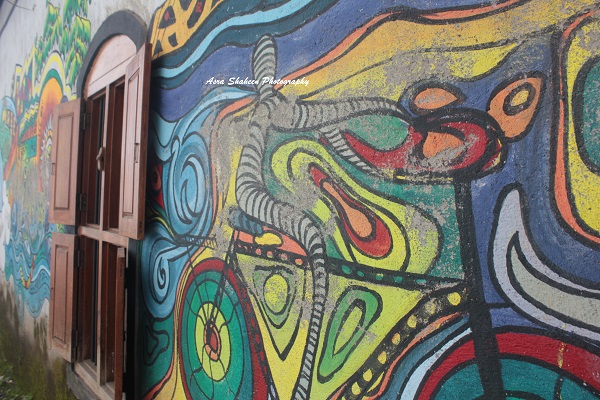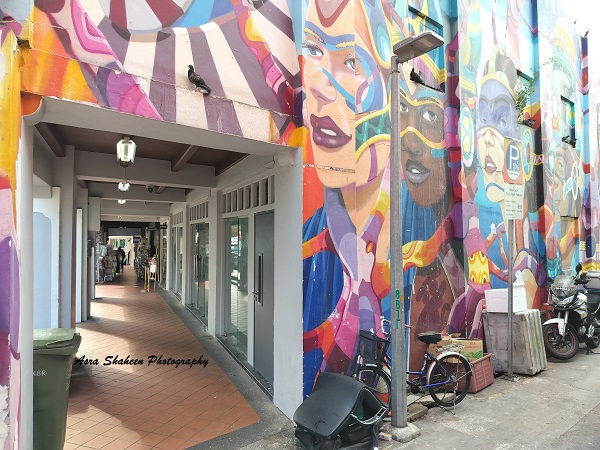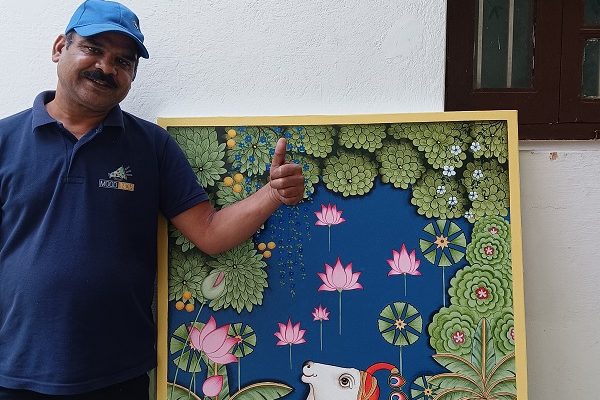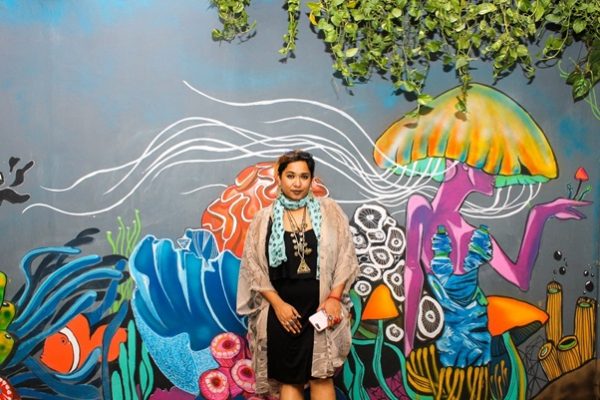From thought-provoking graffiti to astonishingly vivid imagery, street art allows a distinct freedom of expression to artists and unrestricted accessibility to appreciate art to onlookers, passersby and commuters.
Graffiti – taking to street with bold writings on the wall
The heart and arrow cupid graffiti on some of the greasiest, soiled and non-descript public walls of cities is perhaps the most common sight of graffiti in our everyday lives. And while spotting these loony doodles makes it seem like graffiti is an art form of modern age, it is not so. Writings/drawings/murals on walls date back to ancient Egypt and Greece, and the Roman Empire. The most defining years in the modern graffiti art were the 1960s and 70s, especially in New York City and Philadelphia, USA. This was the period when graffiti writers literally “took to the streets” to protest or rebel through writings on the wall. Contemporary graffiti style is majorly inspired by the hip hop culture. The art has also been a controversial matter since painting property without permission, in most countries, is considered defacement and vandalism, which is a punishable offense.
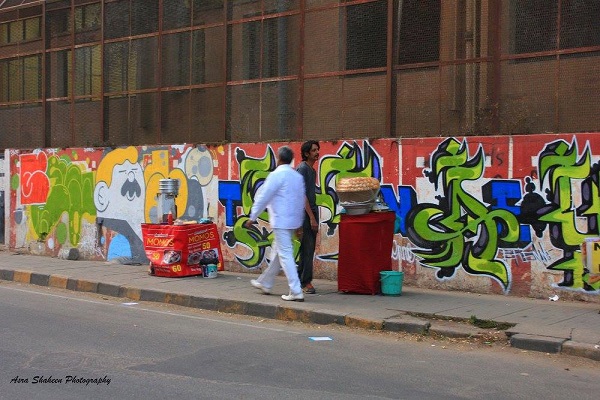
England-based street artist Banksy, whose true name and identity remains unconfirmed till date, is known for his famous iconic artwork depicts a girl reaching out towards a heart-shaped balloon. The work symbolizes purity and hope.
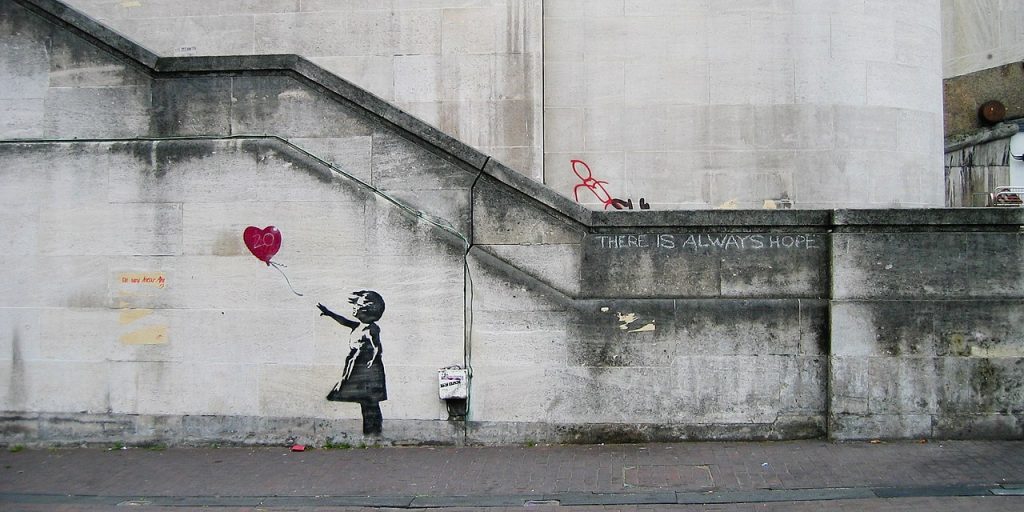
The vividness and subcultural essence of street art also draws an interesting similarity with bohemianism, an unconventional lifestyle or creative freedom out of the constraints of consumerism.
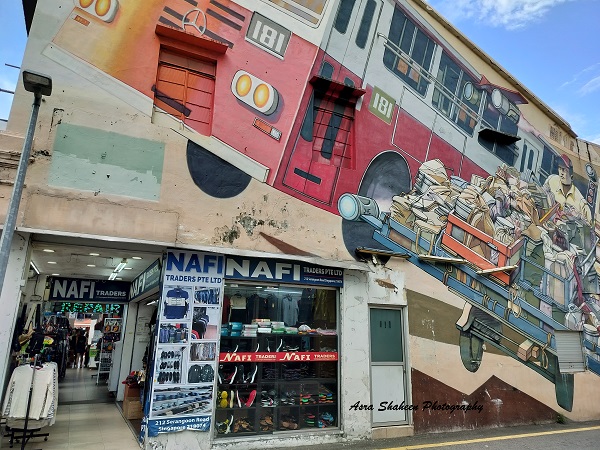
Awe inspiring and thought provoking imagery
These days, street art has transitioned from the defiant graffiti into a more commercial and publicly commissioned form of art. It is meant to stimulate thought rather than express dissent. The subject of permission is also a major point of difference between the two. Graffiti is usually done without permission, whereas street art is commissioned either for commercial purposes or in public interest.
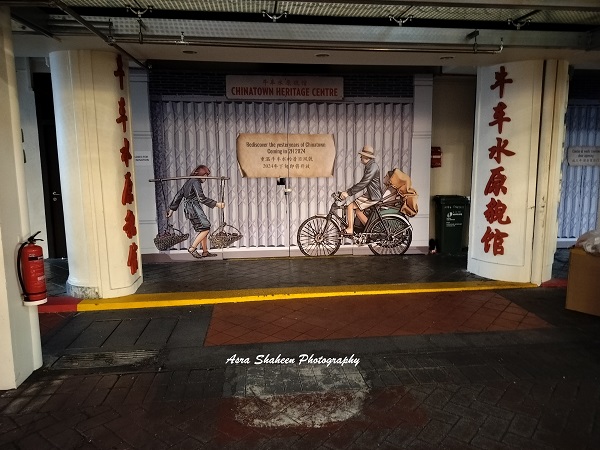
One of the world-famous landmarks of street art was executed by Brazilian duo, Os Gemeos — twin brothers Otavio and Gustavo Pandolfo. The imaginative and vibrant The Giant of Boston (2012) is a monumental mural portraying a yellow-colored character in brightly mismatched clothes as if squeezed between the towering buildings. It was installed in Boston as part of their first US solo show at the Institute of Contemporary Art.
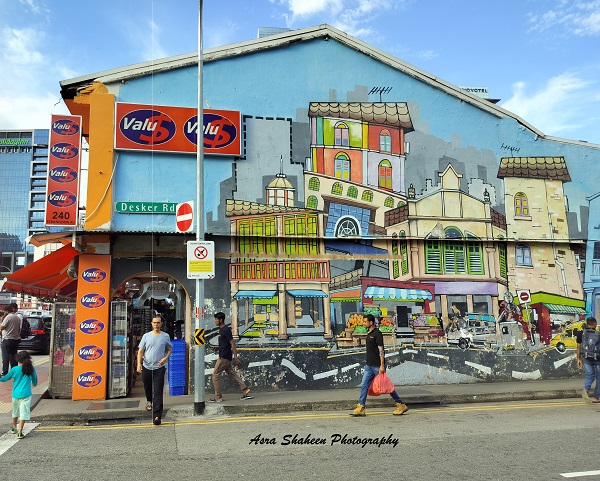
Well, the most interesting aspect about street art remains the liberty it offers the onlookers, passersby and commuters to view and appreciate the art in a freely accessible time and space when compared to high-end art circles unapproachable for the common people.

